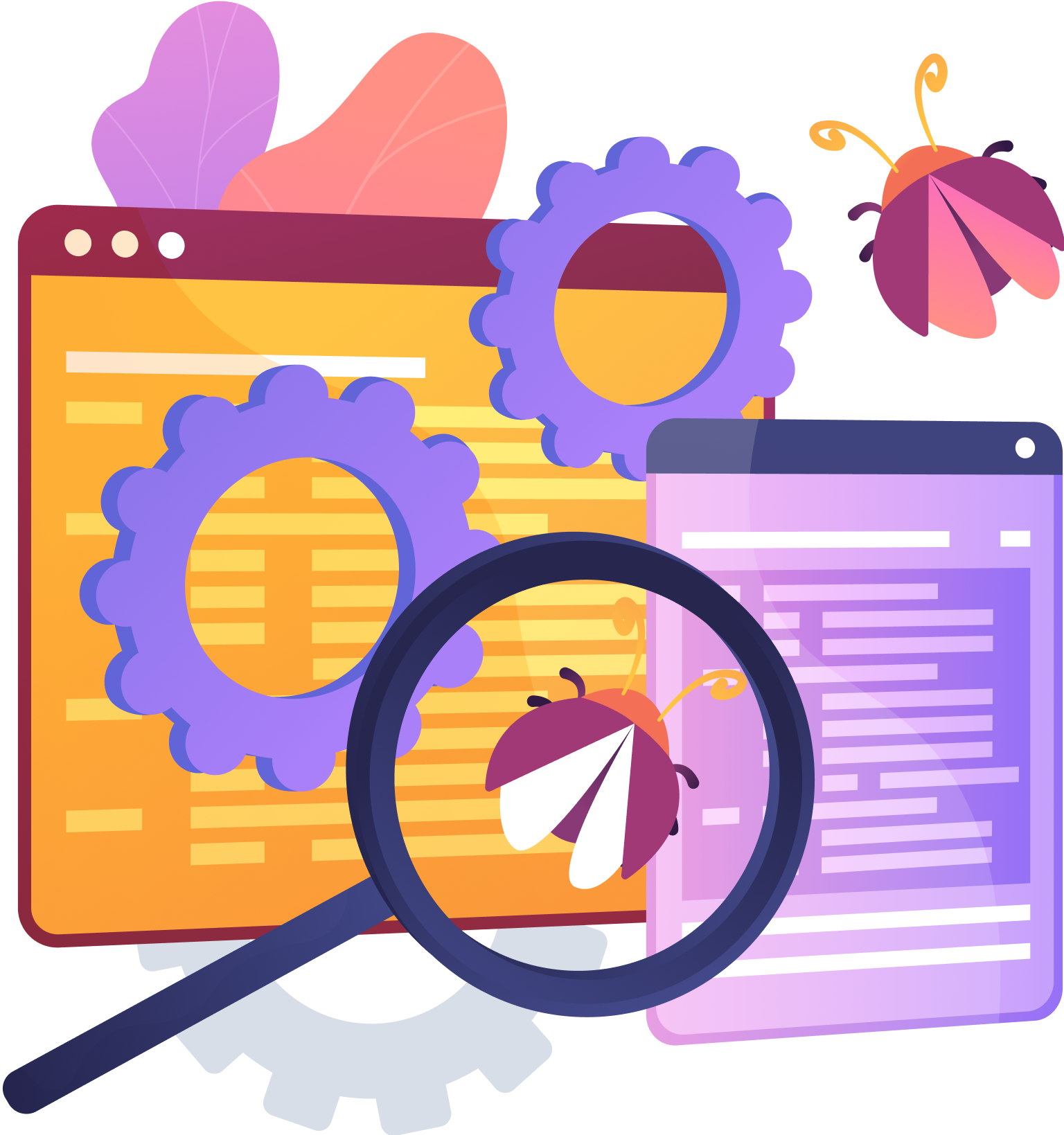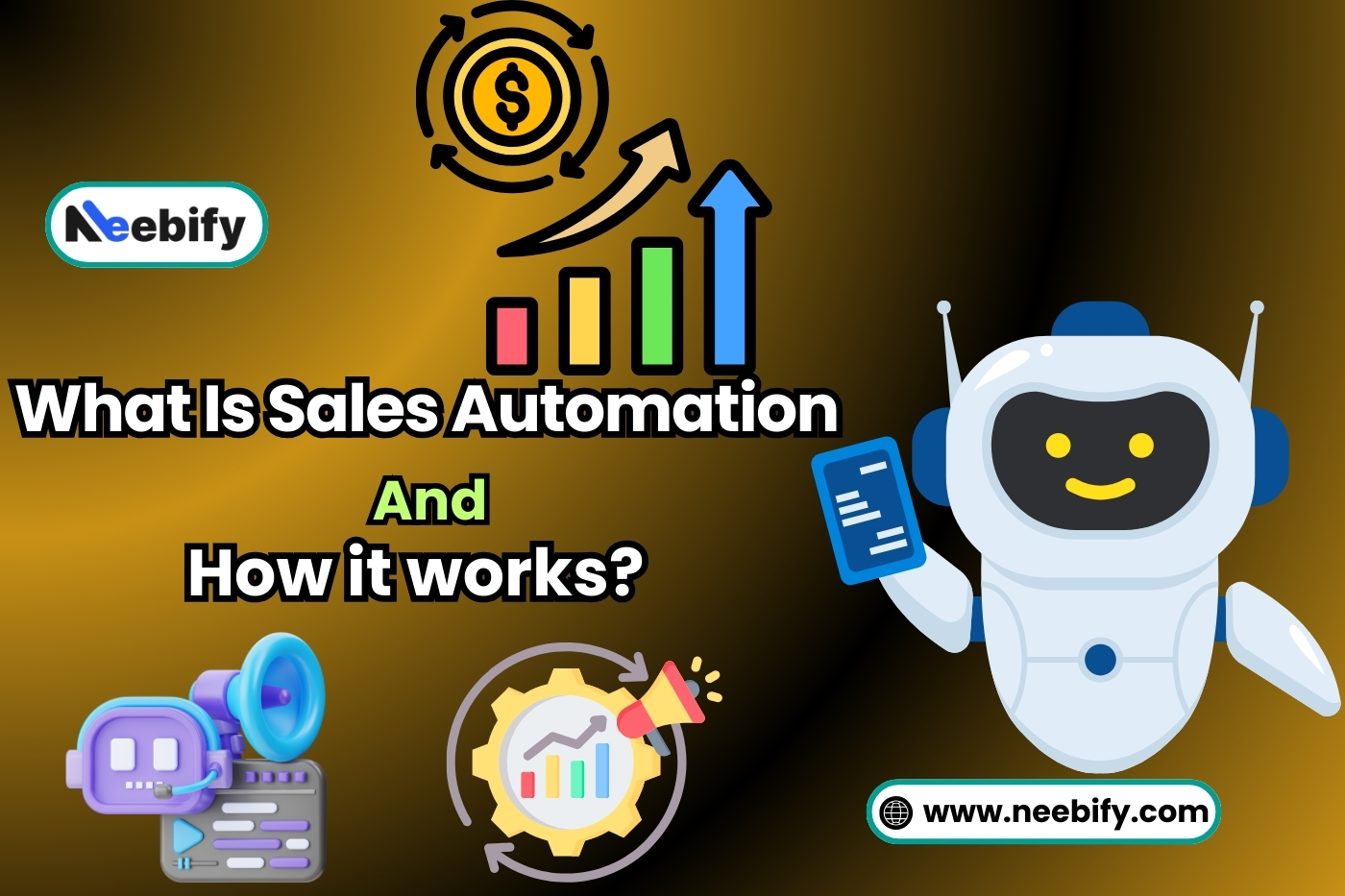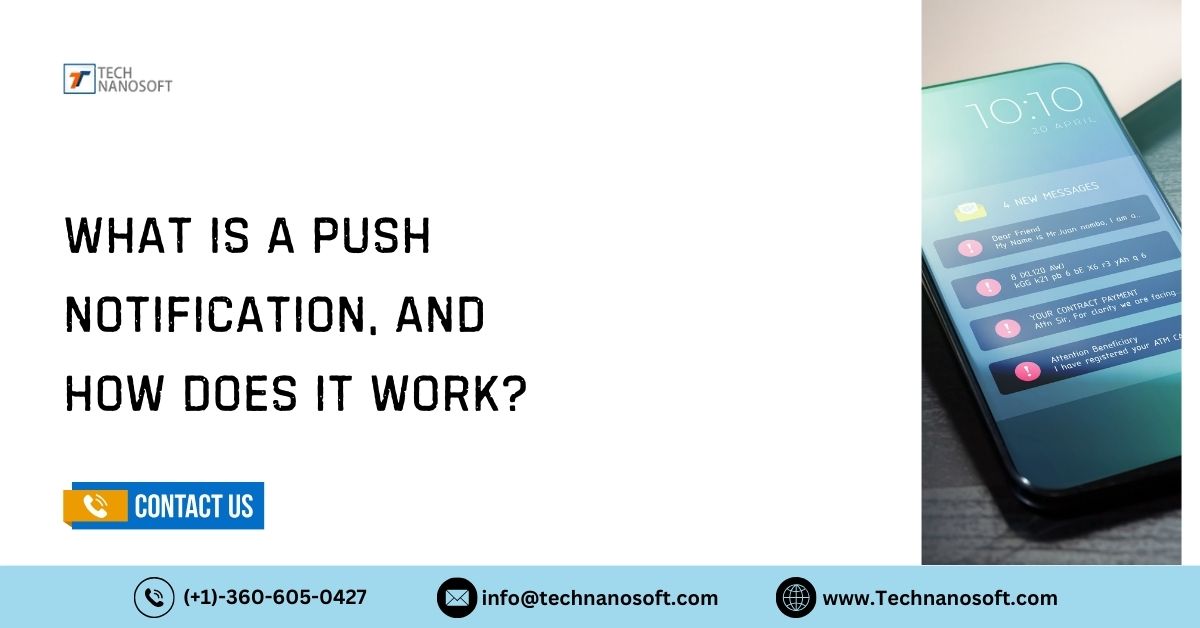What is a soft launch to test the functionality of a product?

To get around in the ever-changing world of app creation, you need to know a lot about the differences between soft launch and hard launch. This piece goes into great detail about the different strategies, shedding light on the subtle ways that can make or break the success of an app. By looking into successful soft launch strategies and signs of readiness, developers learn a lot, which helps them make their launch plans even better.
This article breaks down important factors in today's competitive app market, such as market analysis, incorporating user feedback, and planning for iterations. It gives you a road map for a successful soft launch campaign.
What is a Soft Launch?
A soft launch is a way for businesses to get new goods or services in front of a small group of people before a big release. It lets companies get helpful feedback, test features, and spot possible problems within a controlled setting. This gradual rollout enables businesses to make changes and improvements based on the reactions of early users, resulting in a smoother and more successful public launch.
Soft launches are popular in many fields, such as technology, retail, and entertainment and soft launch also known as soft opening.
Soft Launch vs. Hard Launch
A soft launch and a hard launch are two different ways to introduce a product or service.
Soft Launch
A soft launch involves making a product or service available to a small group of people. Its primary purpose is to get feedback, try features, and make any necessary changes before an entire release. Soft starts are great for improving features, finding bugs, and ensuring end users have a better experience.
Hard Launch
On the other hand, a hard launch involves making a product or service available to everyone in its target market. It usually includes extensive marketing campaigns, wide availability, and quick customer access. Hard starts aim to create a significant impact, spark conversation, and encourage widespread product usage.
Whether you choose a soft launch or a hard launch depends on how ready the market is, how complicated the product is, and how you want the market to react. Soft launches allow you to be flexible and make changes, while hard launches focus on getting your product in front of as many people as possible at the start. Business goals and market conditions determine which method is most effective.
Soft Launch Strategies For Successful Product Rollouts
Mobile Apps
For English-language mobile apps, developers often choose "soft launches" in Australia, Canada, and New Zealand. These areas have markets similar to those in the United States, which helps improve the app by learning how people use it and how much they spend. Many people like soft starts for free-to-play mobile games.
If you use soft launches as part of your product rollout plan, your launches will go more smoothly, users will have better experiences, and the market will adopt your product more quickly. Using user feedback from soft launches to make products that appeal to your target group is key to long-term success.
Websites
When website owners use soft starts, they can slowly add new features, redesigns, or functions. This step-by-step method lets users give real-time feedback, which helps find and fix problems or unpopular design choices. One well-known example is Gmail, which had a "soft launch" in 2005 before going live a year later.
Hardware
For goods products, a limited-release soft launch lets companies see how the market reacts, make essential changes based on early feedback, and polish the product before it goes on sale. These launches usually go after big towns to reach a wide range of people, which helps with thorough market testing.
Software
In software development, beta testing through "soft launches" is regular. Small groups of users can give you helpful information about usability, effectiveness, and finding bugs. Finding design flaws early on ensures a finished product goes on sale to more people, which makes users happier.
Strategies For Soft Launching an App
Getting Feedback
Soft starts are great for getting detailed feedback from a small group of people in your target audience. This feedback goes beyond bug reports and includes details about the user experience that are important for improving the product.
By finding pain points early on, businesses can ensure that their solutions work well for each customer, leading to a better experience and a higher retention rate.
Risk Reduction
Soft Launching is a safety net that allows you to learn about possible problems and risks in a controlled setting. Finding and fixing these problems before a wide release makes it less likely that users will have bad experiences or that the company will have problems with its reputation.
This proactive method builds a good brand image and customer trust, which is important for long-term success in competitive markets.
Iterative Improvement
Soft starts are iterative, making it easier to keep improving. Early feedback from users helps developers make minor improvements, tweak features, and improve speed.
This iterative improvement not only improves the product's quality but also ensures that the offers are in line with changing market needs. This keeps customers happy and loyal over time.
Market Testing
soft opening allow you to see how the market reacts and what they like. Companies can make better marketing plans and product positioning by looking at user behaviors, engagement metrics, and feedback trends. These insights help people make intelligent decisions, plan for future growth, and make sure that products are relevant and competitive in the market.
Better Marketing
Success stories and positive comments from soft launches are beneficial for marketing. Target audiences are more likely to trust and be interested in promotional efforts that rely on these early wins. When early adopters are happy with a product, it builds trust in the brand, encourages natural word-of-mouth marketing, and prepares for a successful public launch that gets more people interested.
Competitive Advantage
Businesses can fix flaws and improve features before competitors join the market, giving them a strategic advantage. This proactive approach distinguishes companies as leaders in their fields by providing refined, market-ready solutions that can attract early users and keep them ahead of competitors.
READ ALSO- Top 8 Apps Like Airbnb and How To Build an App?
An App Ready For a Soft Launch Should Have
Polished Appearance
An app that is about to have a soft launch should have a sleek and appealing design. This attention to detail makes an excellent first impression and makes the user's journey smooth from the beginning.
A well-designed interface can pique users' interest and make them more likely to stick with an app suitable for its success.
Key Features Ready
It's crucial to build and thoroughly test all main functions and features before a soft launch. Ensuring these parts work perfectly is necessary to show off the app's unique value during the soft launch phase.
Users must be able to use the app to its fullest potential without encountering major bugs or user issues.
Seven Days of Content
For meaningful user engagement during a soft launch, you need to plan and add a lot of material over at least a week. This material should show off the app's best features and give users useful information or fun things to do.
A well-thought-out content approach can show the app's flexibility and keep users interested after the launch excitement.
Roadmap For Development
It is essential to have a clear roadmap that shows what changes, feature additions, and improvements will happen over the next six months. This roadmap ensures that the app's growth stays on track and keeps users' expectations in check.
Being open about plans for the future demonstrates that you care about the app's long-term development, which builds trust and loyalty among users.
Marketing Hypotheses Test Plan
Having a structured plan to test key marketing assumptions and strategies during the soft launch phase is very important. This testing helps confirm theories, make marketing more effective, and improve messages for specific people.
These tests' data-driven insights help people make better decisions and make marketing efforts more effective overall.
Simple Optimized Marketing
Getting necessary marketing materials ready, like app store listings, promotional content, and the first advertising campaigns. We should optimize these materials during and after the soft launch phase to garner maximum attention, entice potential users, and facilitate the acquisition of the initial users.
Plan For A/B Testing
After the launch, it is essential to use ready-to-deploy A/B testing strategies to evaluate and improve strategies for keeping users, measuring interaction, and making money. These tests provide developers with valuable information about what users like and how they act, allowing them to continue improving the app.
Support Infrastructure
A robust help system is crucial for promptly and accurately addressing user questions and problems. This infrastructure has channels for customer help, detailed Frequently Asked Questions (FAQs), and tried-and-true resources for fixing problems.
Ensuring assistance works smoothly makes users happier and encourages them to remain loyal to your app.
Play and Scalability Testing (Gaming Apps)
For game apps, it's essential to do a lot of playtesting and scalability tests. These tests make sure that the best possible gameplay experiences happen, check how stable the server is when it's busy, and get the app ready to grow to handle more users without speed issues or interruptions. A smooth game experience is critical for retaining users and generating positive reviews.
Factors To Consider While Planning a Soft Launch
What Number of Users Do You Need
The validity of data depends on factors such as the complexity of the app, the desired metrics, and the statistical significance of the data. Getting enough users ensures you have enough data for accurate analysis, which lets you make intelligent choices about product changes, marketing strategies, and user experience improvements.
The Types of Users
To have an excellent soft launch, you need to find and target specific groups of users based on their demographics, behaviors, and interests. Tailoring marketing and product experiences to these types of users increases their engagement and likelihood of sticking with the app, generally improving their overall satisfaction. This sets the app up for long-term success and growth.
How Long will Soft Launch Last
Finding the right time for a soft launch means balancing the need to gather data, include user input, and run iteration cycles. A soft launch usually lasts for a few weeks to a few months. This gives developers enough time to learn from users, fix bugs, and improve the app for everyone before it goes live. It's a good idea to be able to change deadlines based on success metrics.
Your Budget For Each Launch
Setting aside the right amount of money for each soft launch ensures enough funds for campaigns to get new users, testing, and advertising. This budget should align with how much you spend on acquisition marketing overall. It should also be a manageable percentage that allows you to scale up or down depending on the soft launch results and other performance metrics.
Looking To Develop an App According To Your Expectations?
Technanosoft distinguishes itself as an app development company. It consistently focuses on customized solutions to meet clients' needs and goals. By using cutting-edge technologies and new design principles to create immersive user experiences that interest people. Our focus on the user ensures smooth navigation and engagement, which leads to app success and user happiness.
We make apps that meet and beat expectations because we care about quality and love pushing the limits of technology. Our forward-thinking growth strategies will make a difference for you.
FAQs about The Soft Launch
Q.1- Soft launch meaning for app development?
A- A soft launch involves gradually releasing an app to a small group of users before it becomes available to everyone. It lets developers get comments, test features, and find problems before a wider release.
Q.2- Why is it essential to have a soft start for an app?
A- A soft launch is an excellent way to test event app ideas, see how interested users are, and find bugs or problems with how the app works immediately. Before a full launch, it lets developers make decisions based on data, improve app speed, and improve the user experience.
Q.3- How long should a soft start last?
A- A soft start can last anywhere from a few weeks to a couple of months, depending on how complicated the app is and what the goals are. This time allows us to gather valuable data and make changes based on what users say.
Q.4- What indicators should be considered during a soft launch?
A- Monitoring metrics such as user engagement, retention rates, app crashes, conversion rates, and user comments is crucial during a soft launch. You can identify areas for app improvement and prepare it for its public launch by examining these metrics.
Q.5- How can we improve marketing plans during a soft launch?
A- During a soft launch, marketing should focus on getting the product in front of the right people, getting comments from those people, and trying different ways to reach new customers.









